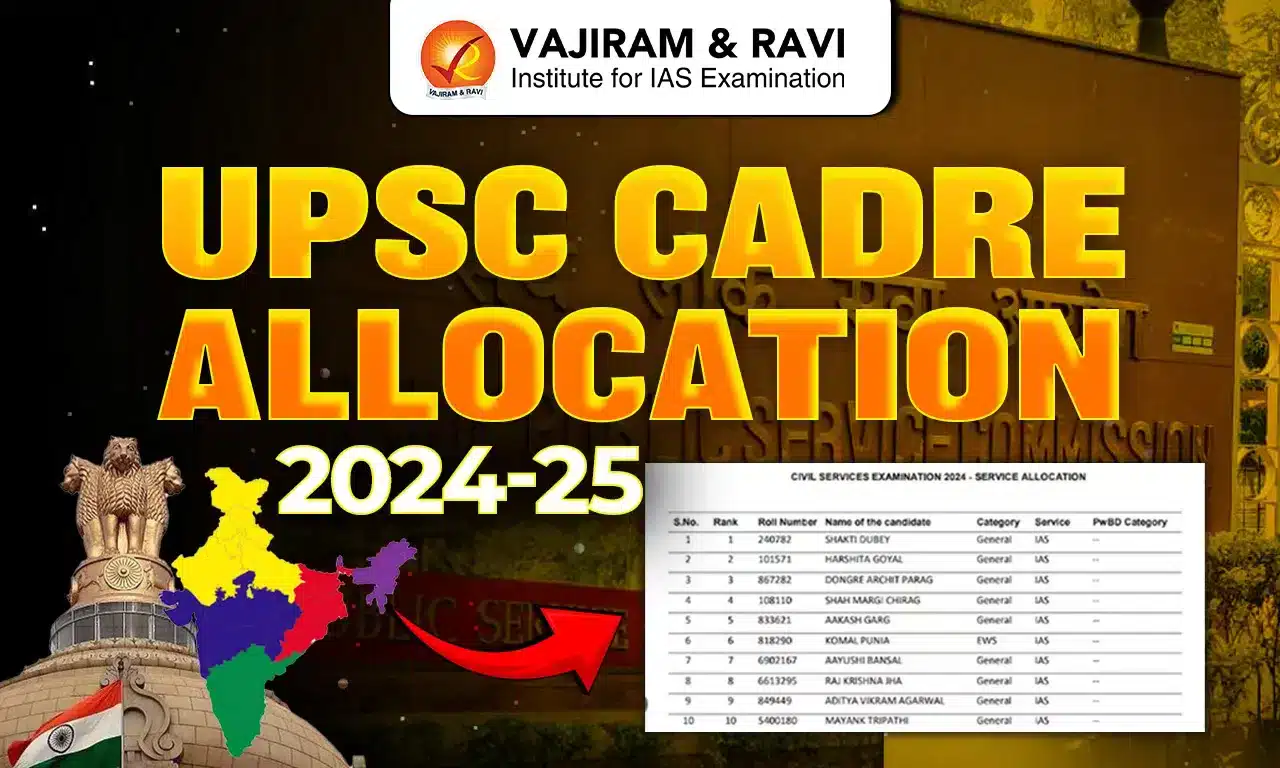The Prahaar missile is a short-range, road-mobile, tactical ballistic missile developed by India's Defence Research and Development Organisation (DRDO). Designed to bridge the gap between the multi-barrel rocket system Pinaka and the medium-range ballistic missile Prithvi, Prahaar offers the Indian Armed Forces a quick-reaction, all-weather, and highly accurate battlefield support weapon system
Prahaar Missile Objectives
Initiated to fulfill the Indian Army's need for a responsive and precise strike capability, the development of Prahaar was completed in less than two years. The missile is intended to replace the Prithvi-I short-range ballistic missile, offering superior accuracy and faster deployment. Its design allows for rapid launch within 2–3 minutes without extensive preparation, providing a significant tactical advantage in dynamic combat scenarios.
Also Read: Missiles of India
Prahaar Missile Specifications
India’s defence capabilities have seen significant advancements in recent years, particularly in the area of tactical missile systems designed for precision strikes and rapid deployment. Below we have shared the Prahaar Missile Specifications for better understanding.
| Prahaar Missile Specifications | |
|
Specification |
Details |
|
Length |
7.32 meters |
|
Diameter |
0.42 meters |
|
Launch Weight |
1,280 kg |
|
Payload Capacity |
Up to 250 kg (high explosives or cluster munitions) |
|
Operational Range |
Approximately 150 km |
|
Propulsion |
Single-stage solid-fuel rocket motor |
|
Maximum Speed |
Up to Mach 4 |
|
Mid-Course Guidance |
Fibre-optic gyro inertial navigation, GPS/NavIC satellite assistance |
|
Terminal Guidance |
Active radar homing |
|
Accuracy (CEP) |
10 meters |
|
Launch Platform |
Tatra-BEML / Tata TEL vehicles |
|
TEL Capacity |
Each vehicle can carry and launch up to six missiles |
Prahaar Missile Capabilities
Prahaar Missile is designed for high mobility and rapid deployment, making it suitable for quick-reaction scenarios. Its ability to engage multiple targets in different directions enhances its effectiveness in neutralizing enemy positions, communication centers, and other strategic assets. The missile's design ensures operations across various terrains and weather conditions, aligning with the diverse operational requirements of the Indian Armed Forces.
Prahaar Missile Significance
In the broader context of India's defense strategy, Prahaar Missile fills a critical niche:
- Bridging Capability Gaps: It addresses the range and precision limitations between the Pinaka rocket system (range ~40 km) and the Prithvi missile series (range ~250–350 km), providing a versatile option for mid-range engagements.
- Countering Regional Threats: Prahaar serves as a counter measure to tactical missile systems like Pakistan's Nasr missile, enhancing India's deterrence posture.
Conventional Warfare Focus: Designed for conventional payloads, Prahaar aligns with India's 'No First Use' nuclear policy, offering a strategic tool without escalating to nuclear options.
Also Read: SCALP Missile
Prahaar Missile Test Launches
Prahaar has undergone successful test launches, demonstrating its operational readiness:
- First Test: Conducted on July 21, 2011, from the Integrated Test Range (ITR) at Chandipur, Odisha, validating the missile's design and performance parameters.
- Second Test: On September 20, 2018, Prahaar was test-fired again from a road-mobile launcher, successfully hitting its target and meeting all mission objectives.
Prahaar Missile Variants
DRDO has developed variants of Prahaar to cater to different operational requirements and export opportunities:
- Pragati: An export-oriented version with a range of approximately 170 km, sharing 95% of Prahaar's hardware components. Unveiled at ADEX 2013 in Seoul, South Korea, Pragati is intended for friendly nations seeking advanced tactical missile systems.
Pranash: A proposed variant under development, aiming for a range of 200 km. Pranash is designed to meet the Indian Army's need for a longer-range tactical missile and is also considered for export, as it falls outside the Missile Technology Control Regime (MTCR) restrictions.
Last updated on December, 2025
→ Check out the latest UPSC Syllabus 2026 here.
→ Join Vajiram & Ravi’s Interview Guidance Programme for expert help to crack your final UPSC stage.
→ UPSC Mains Result 2025 is now out.
→ UPSC Notification 2026 is scheduled to be released on January 14, 2026.
→ UPSC Calendar 2026 is released on 15th May, 2025.
→ The UPSC Vacancy 2025 were released 1129, out of which 979 were for UPSC CSE and remaining 150 are for UPSC IFoS.
→ UPSC Prelims 2026 will be conducted on 24th May, 2026 & UPSC Mains 2026 will be conducted on 21st August 2026.
→ The UPSC Selection Process is of 3 stages-Prelims, Mains and Interview.
→ UPSC Result 2024 is released with latest UPSC Marksheet 2024. Check Now!
→ UPSC Prelims Result 2025 is out now for the CSE held on 25 May 2025.
→ UPSC Toppers List 2024 is released now. Shakti Dubey is UPSC AIR 1 2024 Topper.
→ UPSC Prelims Question Paper 2025 and Unofficial Prelims Answer Key 2025 are available now.
→ UPSC Mains Question Paper 2025 is out for Essay, GS 1, 2, 3 & GS 4.
→ UPSC Mains Indian Language Question Paper 2025 is now out.
→ UPSC Mains Optional Question Paper 2025 is now out.
→ Also check Best IAS Coaching in Delhi
Prahaar Missile FAQs
Q1. Which type of missile is Pralay?+
Q2. What are the top 5 missiles of India?+
Q3. How many Prithvi missiles does India have?+
Q4. What is the name of DRDO surface-to-air missile?+
Q5. What is the name of Agni 4 missile?+

















